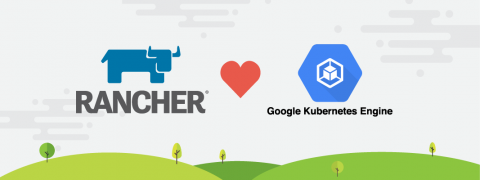Kubernetes on Azure: Deploy and Manage Your First Cluster in AKS
Most Kubernetes deployments live on the cloud. According to the CNCF, while 63 percent of companies use AWS for Kubernetes, 29 percent are deploying Kubernetes on Azure, and the number is rapidly growing. Microsoft Azure provides mature Kubernetes tools, primarily the Azure Kubernetes Service (AKS). In this post, we’ll show you how to run your first Kubernetes cluster on AKS, and how to manage enterprise Kubernetes deployments on AKS with Rancher.











